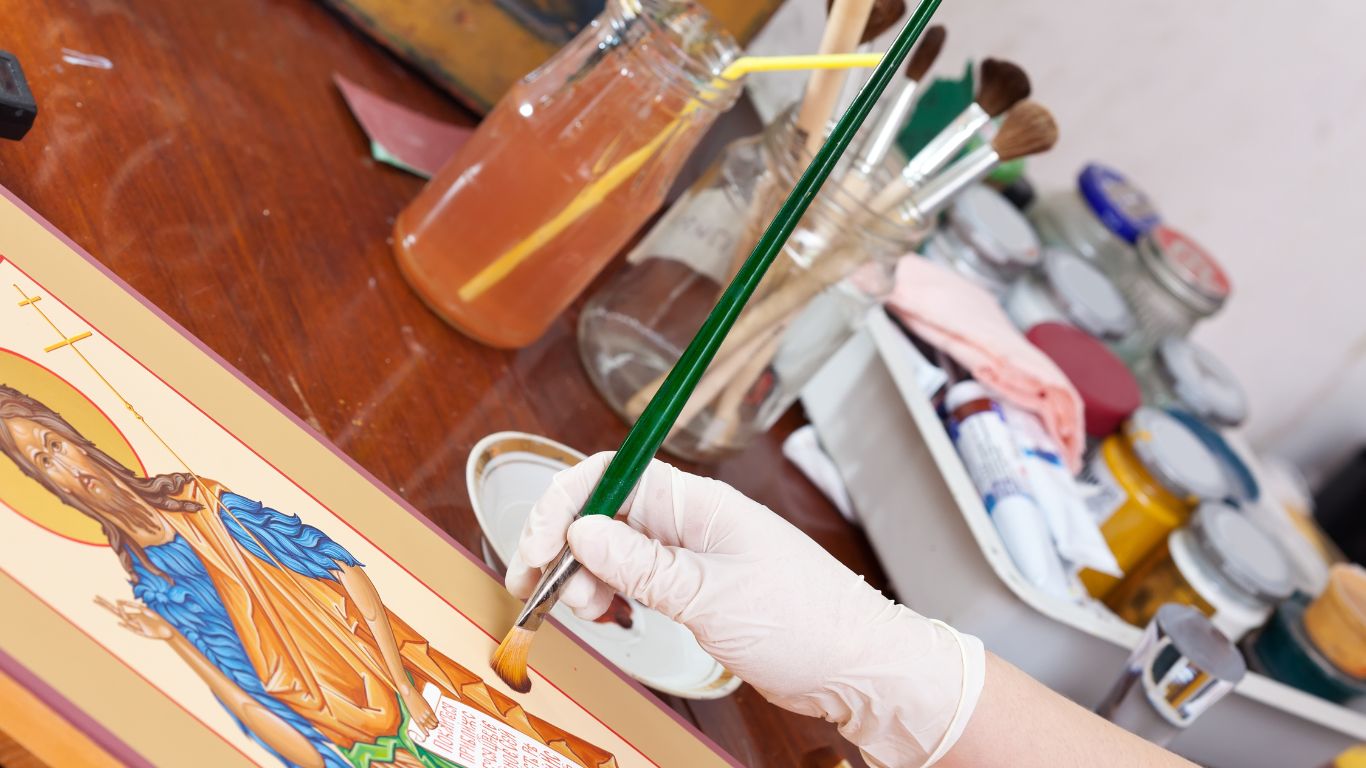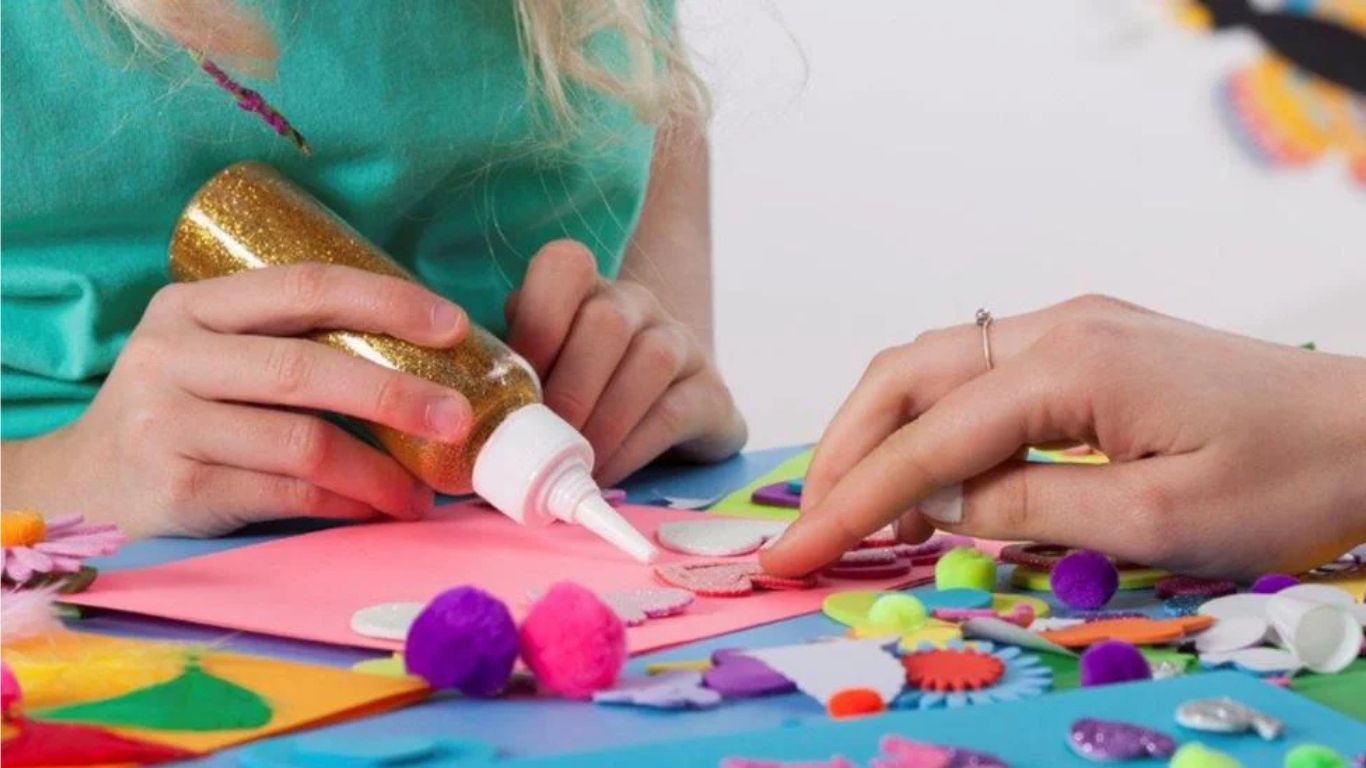Lessons from the Art: 5 Inspiring Takeaways

Art transcends the boundaries of paint, canvas, and sculpture to become a universal language that conveys emotions, stories, and history. Throughout history, lessons from the art have shaped human thinking, inspired innovation, and revealed the depths of human creativity. By observing and understanding these lessons, anyone can uncover a wealth of insights applicable to life, learning, and personal growth.
Art as a Universal Language
Art has long been considered a medium of communication. Whether it is a Renaissance painting or a modern digital illustration, the power of art to convey complex emotions and ideas without words remains unmatched. Across cultures, it has bridged gaps, creating a shared understanding of beauty and humanity.
This universality teaches us to look beyond spoken languages and appreciate the commonalities that bind us. By interpreting the nuances of colors, patterns, and shapes, a greater empathy for diverse perspectives is fostered, promoting harmony and collaboration.
Creativity Flourishes Through Challenges
One of the most profound lessons from the art is that creativity often emerges strongest in the face of challenges. Many iconic artworks were born during times of adversity. For instance, the art of Frida Kahlo reflects her resilience amid personal suffering, and Picasso’s “Guernica” confronts the horrors of war.
These stories illustrate that challenges should not stifle creativity but instead ignite it. In daily life, adopting a similar mindset allows individuals to view problems as opportunities for innovation and self-expression.
The Role of Discipline in Mastery
While creativity is a cornerstone of art, discipline ensures its realization. Artists dedicate countless hours to refining their techniques, learning from mistakes, and perfecting their craft. Michelangelo’s intricate sculptures, for example, are not mere strokes of genius but the result of relentless effort.
This demonstrates the importance of persistence in any pursuit. Whether it’s learning a new skill or achieving long-term goals, consistency and discipline remain essential. Art teaches us that excellence is never instantaneous—it is cultivated over time.
Embracing Perspective and Open-Mindedness
One key takeaway from lessons from the art is the value of perspective. Art challenges us to see the world differently, inviting us to step into the shoes of others. Impressionism, for example, revolutionized how people viewed light and color, challenging traditional forms of realism.
Similarly, this mindset applies to problem-solving and relationships. Being open to new ideas and viewpoints leads to innovative solutions and deeper connections, reminding us that there is rarely only one way to interpret the world.
Art Reflects and Shapes Society
Art acts as both a mirror and a catalyst for societal change. From the politically charged graffiti of Banksy to the evocative storytelling of novels like “Uncle Tom’s Cabin,” art has the power to shape public opinion and inspire action.
This highlights the importance of self-expression and the need for creativity in addressing societal issues. The enduring relevance of these works underscores art’s ability to amplify voices and influence positive change.
Lessons from the Art Teach Patience
Art is not a hurried process. Michelangelo’s Sistine Chapel ceiling took years to complete, requiring meticulous planning and execution. This patience is evident in many artistic processes, from the slow layering of oil paints to the crafting of intricate mosaics.
For individuals, this serves as a reminder that success and growth are seldom achieved overnight. Patience, coupled with persistent effort, often yields the most rewarding outcomes.
Finding Inspiration in the Mundane
Artists frequently find beauty and meaning in ordinary objects or scenes. Vincent van Gogh’s “Starry Night” transforms a simple night sky into a masterpiece that evokes wonder and awe. This illustrates how inspiration can be drawn from everyday life.
Applying this principle encourages mindfulness and a deeper appreciation of one’s surroundings. By focusing on the present moment, a greater sense of creativity and contentment can be fostered.
Collaboration Enhances Creativity
From ancient frescoes to contemporary murals, collaboration has played a significant role in the creation of many artworks. Working alongside others encourages the exchange of ideas, resulting in more innovative and cohesive outcomes.
This lesson emphasizes the value of teamwork in personal and professional settings. Sharing skills, perspectives, and efforts creates stronger bonds and produces superior results.
Art as a Tool for Emotional Healing
Art has been widely recognized for its therapeutic benefits. Through artistic expression, individuals can process emotions, cope with trauma, and find solace. This has been exemplified by initiatives such as art therapy programs designed to support mental health.
The importance of this lesson lies in understanding that self-expression can be a powerful tool for well-being. By engaging in creative activities, a sense of balance and inner peace can be cultivated.
Lessons from the Art Encourage Adaptability
Art evolves with time, reflecting changes in technology, culture, and societal values. From classical sculptures to digital NFTs, adaptability remains a defining trait of artistic expression.
This adaptability teaches resilience and the importance of embracing change. In a rapidly shifting world, the ability to adjust and thrive under new circumstances is an invaluable skill.
Art Invites Reflection
One of the most enduring lessons from art is its capacity to provoke thought and reflection. Abstract works, such as those by Jackson Pollock, leave room for interpretation, encouraging viewers to explore their own emotions and ideas.
This reflective quality fosters introspection, helping individuals understand themselves better. By taking the time to reflect, meaningful personal growth can be achieved.
FAQs
How does art connect people across cultures?
Art communicates universal themes and emotions that transcend language, creating a shared understanding of humanity and beauty.
What is the importance of creativity in facing challenges?
Creativity helps transform obstacles into opportunities for innovation and self-expression, fostering resilience and growth.
Why is discipline essential in artistic pursuits?
Discipline ensures consistent effort, enabling artists to refine their skills and achieve mastery over time.
Can art influence social change?
Yes, art often amplifies voices and inspires action, serving as both a reflection of and a catalyst for societal transformation.
How does art encourage patience?
Art’s meticulous processes, such as painting and sculpting, highlight the rewards of patience and persistent effort.
What lessons can be drawn from art’s adaptability?
Art teaches resilience by demonstrating how creative expression evolves with changing times and circumstances.








